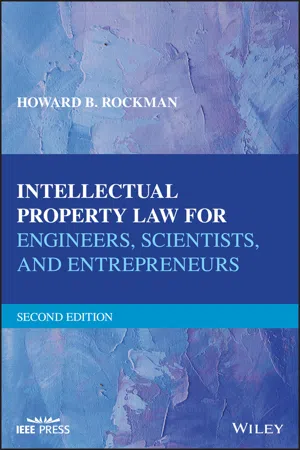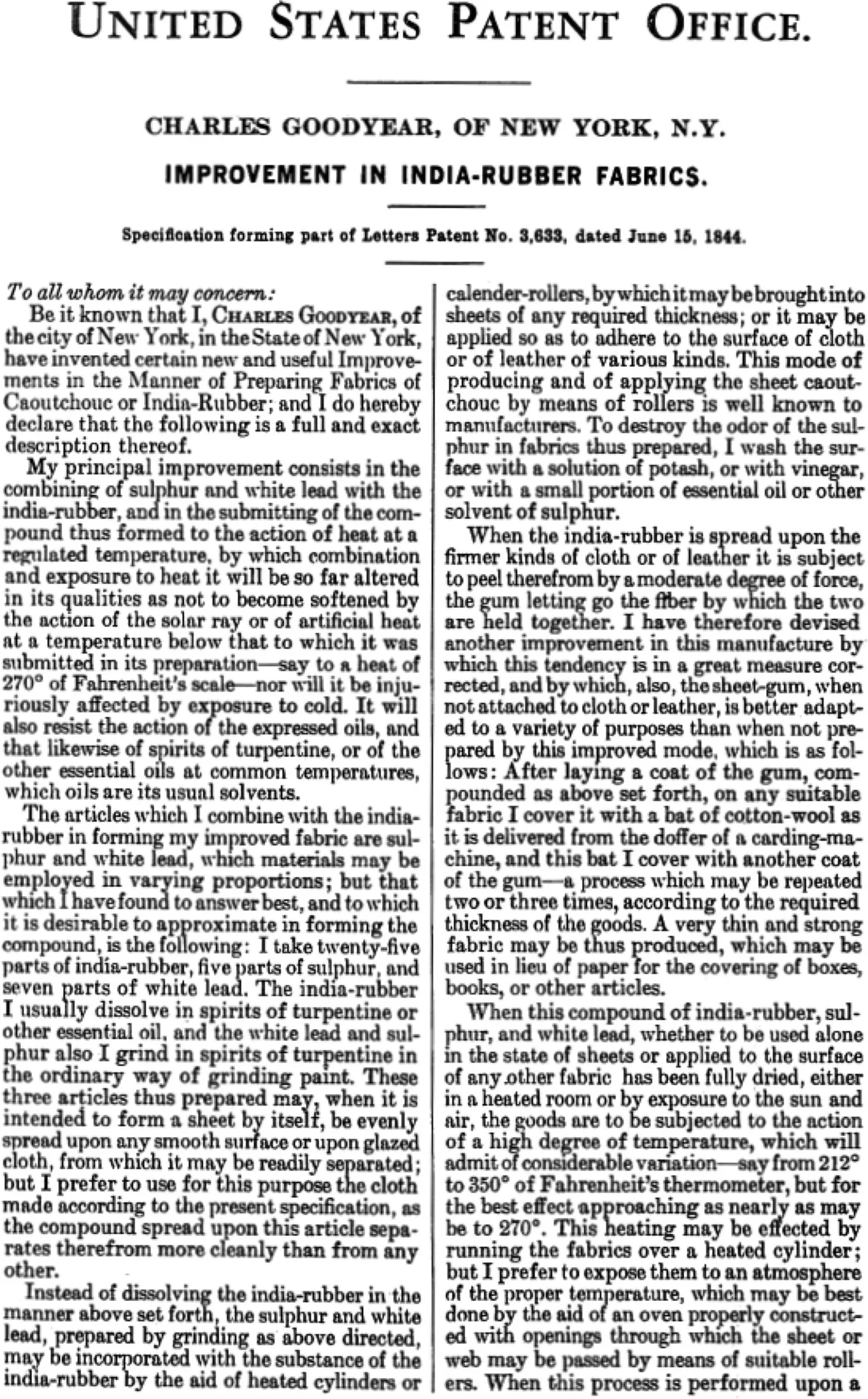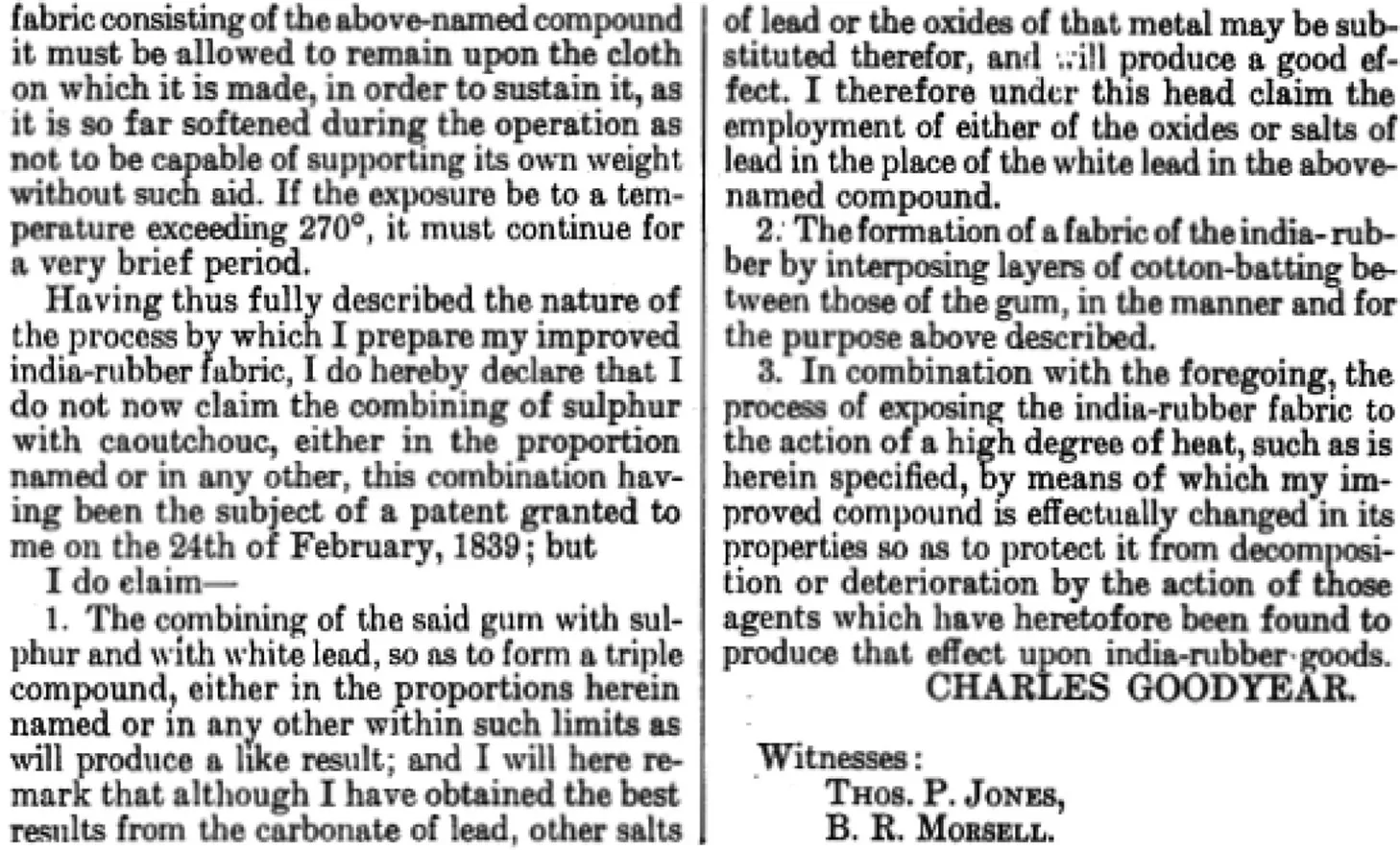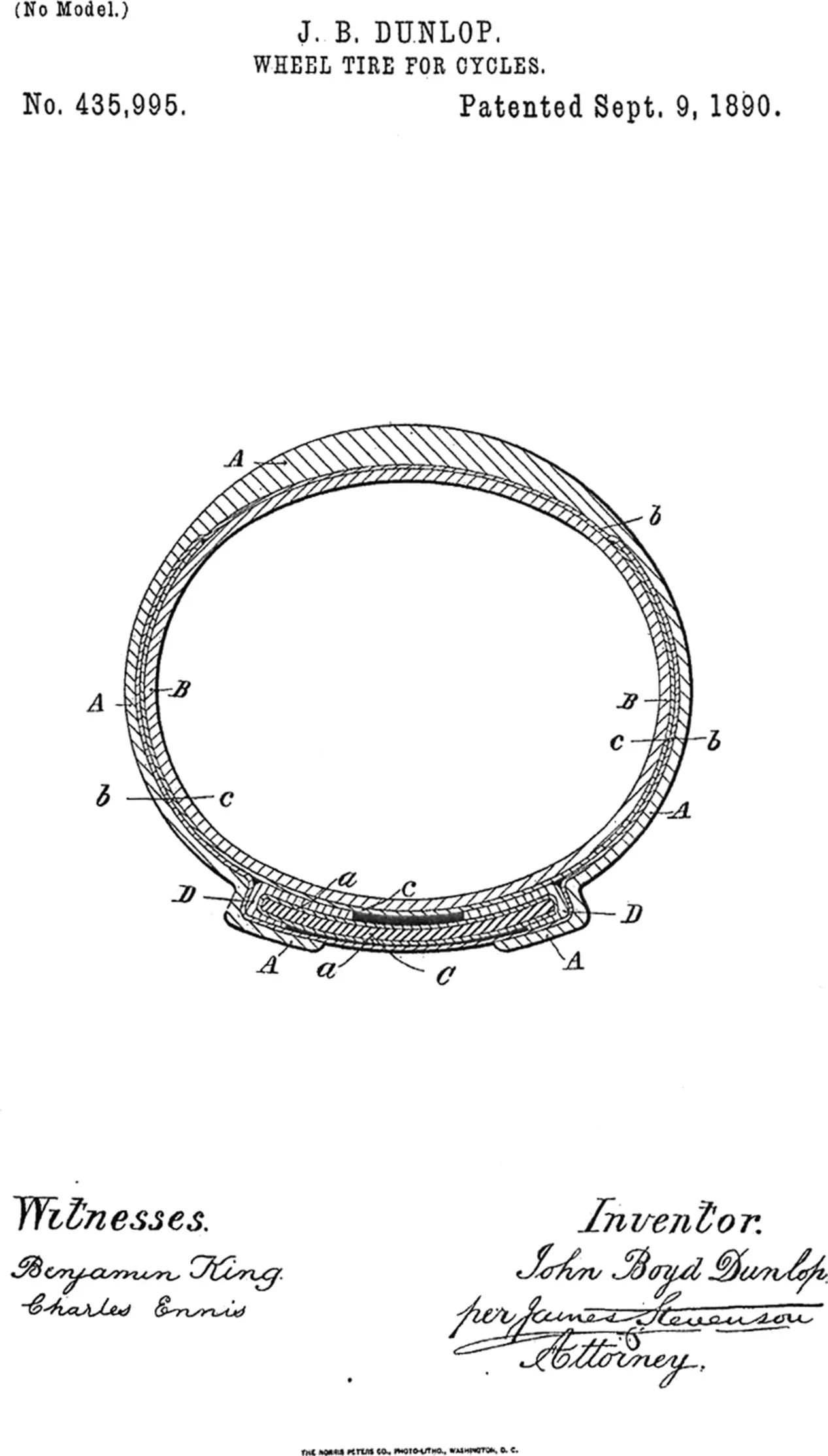
Intellectual Property Law for Engineers, Scientists, and Entrepreneurs
- English
- ePUB (mobile friendly)
- Available on iOS & Android
Intellectual Property Law for Engineers, Scientists, and Entrepreneurs
About this book
Fully revised new edition that completely covers intellectual property law—and many related issues—for engineers, scientists, and entrepreneurs
This book informs engineering and science students, technology professionals, and entrepreneurs about the intellectual property laws that are important in their careers. It covers all of the major areas of intellectual property development and protection in non-legalistic terms that are understandable to technology and science professionals. New material includes a comprehensive discussion on the American Invents Act (AIA), coverage of many new high-profile topics, such as patent protection the mobile communications industry, and a new chapter on "The Future of Technology, Engineering, and Intellectual Property."
Now in its second edition, Intellectual Property Law for Engineers, Scientists, and Entrepreneurs enables inventors and creators to efficiently interface with an intellectual property attorney in order to obtain the maximum protection for their invention or creation, and to take steps to ensure that that invention or creation does not infringe upon the intellectual property rights of others. It includes patent, trade secret, mask work, and cybersquatting legal and procedural principles. The book also shows readers how to properly use new vehicles of intellectual property protection for novel software, biotech, and business method inventions. Additionally, it examines trademark protection for domain names, and other ancillary matters that fall within the genre of intellectual property protection. This informative text:
- Covers all of the major areas of intellectual property development and protection in clear, layman's terms so as to be easily understood by technology and science professionals
- Provides detailed outlines of patent, trademark, copyright, and unfair competition laws
- Offers essays on famous and noteworthy inventors and their inventions—and features a copy of the first page of patents resulting from these inventors' efforts
- Covers many new high-profile cases covering patent protection within the mobile communications industry
Intellectual Property Law for Engineers, Scientists, and Entrepreneurs, Second Edition is an excellent text for graduate and undergraduate engineering students, as well as professionals and those starting a new technology business who need to know all the laws concerning their inventions and creations.
Frequently asked questions
- Essential is ideal for learners and professionals who enjoy exploring a wide range of subjects. Access the Essential Library with 800,000+ trusted titles and best-sellers across business, personal growth, and the humanities. Includes unlimited reading time and Standard Read Aloud voice.
- Complete: Perfect for advanced learners and researchers needing full, unrestricted access. Unlock 1.4M+ books across hundreds of subjects, including academic and specialized titles. The Complete Plan also includes advanced features like Premium Read Aloud and Research Assistant.
Please note we cannot support devices running on iOS 13 and Android 7 or earlier. Learn more about using the app.
Information
SECTION II
Patents
INVENTORS AND INVENTIONS
VULCANIZATION OF RUBBER


INVENTORS AND INVENTIONS
PNEUMATIC VEHICLE TIRES


3
Introduction to Patents
3.1 BRIEF HISTORY OF PATENT PROTECTION
3.1.1 Early European Patent Custom
Table of contents
- Cover
- Table of Contents
- Foreword
- Foreword to the First Edition
- Preface
- Acknowledgments
- Top Ten List of Intellectual Property Protection
- SECTION I: The Intellectual Property Universe
- SECTION II: Patents
- SECTION III: Employment Contracts, Ethics and the Engineer or Scientist as an Expert Witness
- SECTION IV: Copyrights
- SECTION V: Trade Secrets
- SECTION VI: Trademarks, Service Marks and Cybersquatting
- SECTION VII: The Commercialization and Management of Intellectual Property
- Bibliography
- Index
- End User License Agreement